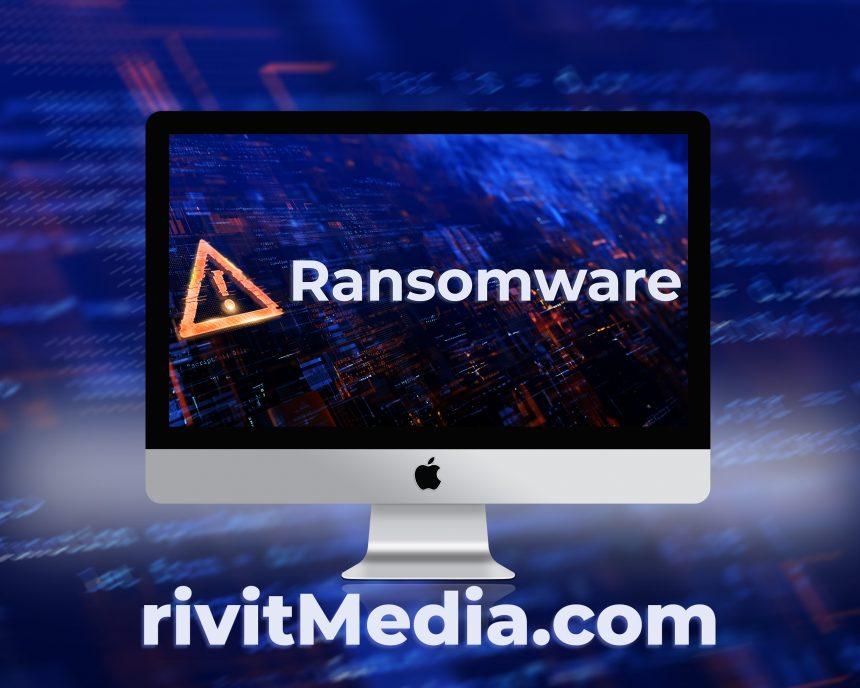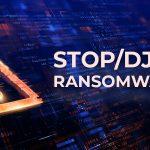In the perilous landscape of cyber threats, the Z1n ransomware emerges as a formidable variant within the notorious Dharma family. With its relentless global infiltration, Z1n employs robust encryption techniques, leaving victims grappling with compromised systems and a demand for ransom payments in bitcoin. This article provides a comprehensive exploration of the Z1n ransomware, shedding light on its operations, unique characteristics, potential damages, and crucial insights for protection and recovery.
Understanding Z1n Ransomware
Z1n operates as a dangerous ransomware variant with a primary objective: encrypting files on infected systems and extorting victims for decryption through cryptocurrency payments. As part of the notorious Dharma family, Z1n utilizes potent encryption algorithms to lock a wide array of files, including documents, photos, databases, backups, and critical system files.
Key Characteristics of Z1n
- Broad Range of File Types Encryption:
Z1n distinguishes itself by targeting an extensive range of files, encompassing personal user data like documents and photos, as well as critical system files, databases, and backups. This indiscriminate approach maximizes the potential for severe damage. - File Naming Convention:
Employing a common tactic, Z1n appends the original filenames with a unique victim identification string, the attacker’s email address, and the .z1n extension. This distinctive naming convention facilitates communication between the attackers and victims. - Ransom Notes:
Z1n leaves behind ransom notes in text files named “read.txt” within encrypted directories. These notes urge victims to contact the attackers via email for decryption instructions, emphasizing urgency and implying that payment is the sole solution. - Volume Shadow Copy Deletion Attempt:
Some Z1n variants attempt to escalate privileges and delete Volume Shadow Copy backups and system restore points. While not always successful, this maneuver aims to hinder victims’ recovery options. - Geo-IP Location Tracking:
Z1n employs geo-IP location tracking to identify the physical region of infected systems. Interestingly, it avoids encrypting files and demanding payment in regions where ransoms are less likely to be paid, showcasing a calculated strategy to maximize profits. - Windows Defender and Firewall Disabling:
To ensure persistence, Z1n adds a run registry key and attempts to disable native Windows Defender antivirus and firewall. This enhances the ransomware’s ability to operate undetected and communicate with command and control servers.
Detection Names and Similar Threats
Z1n Ransomware is identified by various detection names, including Trojan.Ransom.Crysis.E, Trojan-Ransom.Win32.Crusis.to, Ransom-Dharma!187085F60A15, and others. Similar threats within the Dharma family or employing comparable tactics include Win32/Filecoder.Crysis.P and Ransom:Win32/Wadhrama!pz.
Protecting Against Z1n Ransomware
- Email Vigilance:
Exercise caution with emails, especially those from unknown senders. Avoid opening attachments or clicking on links in suspicious emails. - Enhance RDP Security:
Strengthen Remote Desktop Protocol (RDP) access with robust passwords and consider implementing multi-factor authentication. - Regular Software Updates:
Keep all software, including operating systems and security software, up to date to patch vulnerabilities and reduce the risk of exploitation. - Educate Users:
Conduct cybersecurity awareness training to educate users about phishing tactics and the importance of vigilance in online interactions. - Backup Best Practices:
Regularly back up critical data and store backups in a secure, offline location. This ensures the availability of unaffected data in case of a ransomware attack.
Z1n Ransomware Removal Guide
Removing Z1n requires a systematic approach:
- Isolate Infected Systems:
Disconnect the infected system from the network to prevent further spread. - Identify Malicious Processes:
Use Task Manager to identify and terminate any suspicious processes associated with Z1n. - Delete Registry Entries:
Remove any registry entries added by Z1n to ensure the ransomware does not persist after a system reboot. - Restore Files from Backup:
If available, restore files from a secure backup created before the infection. - Enhance Security Measures:
Strengthen security measures to prevent future infections, incorporating the preventive practices mentioned earlier.
Conclusion
The Z1n ransomware poses a significant threat to individuals and organizations globally, leveraging advanced tactics within the Dharma family. Understanding its characteristics, detection names, and preventive measures is crucial for fortifying defenses against such cyber threats. By staying vigilant, implementing robust security practices, and educating users, individuals and organizations can mitigate the risk posed by Z1n and similar ransomware variants.





